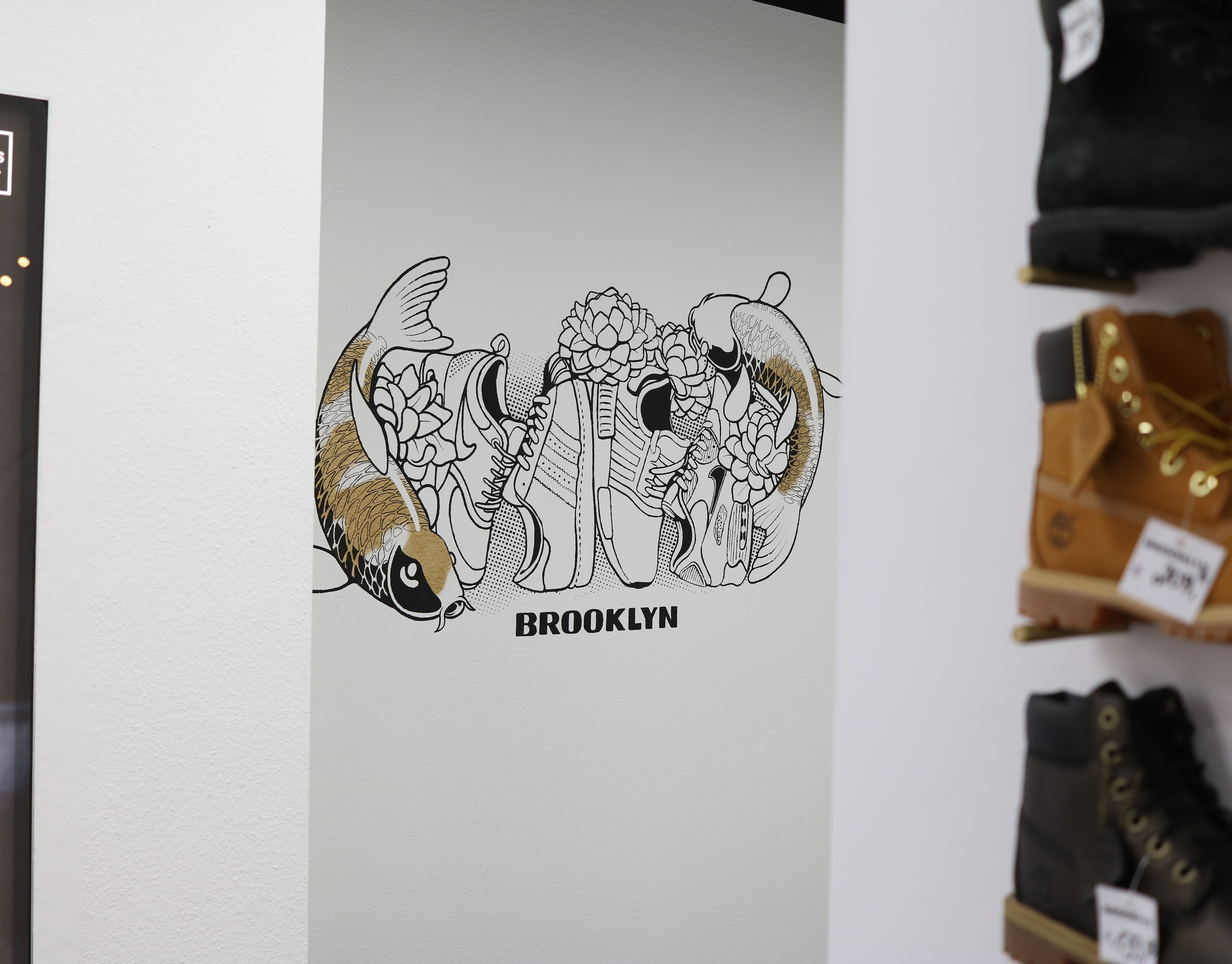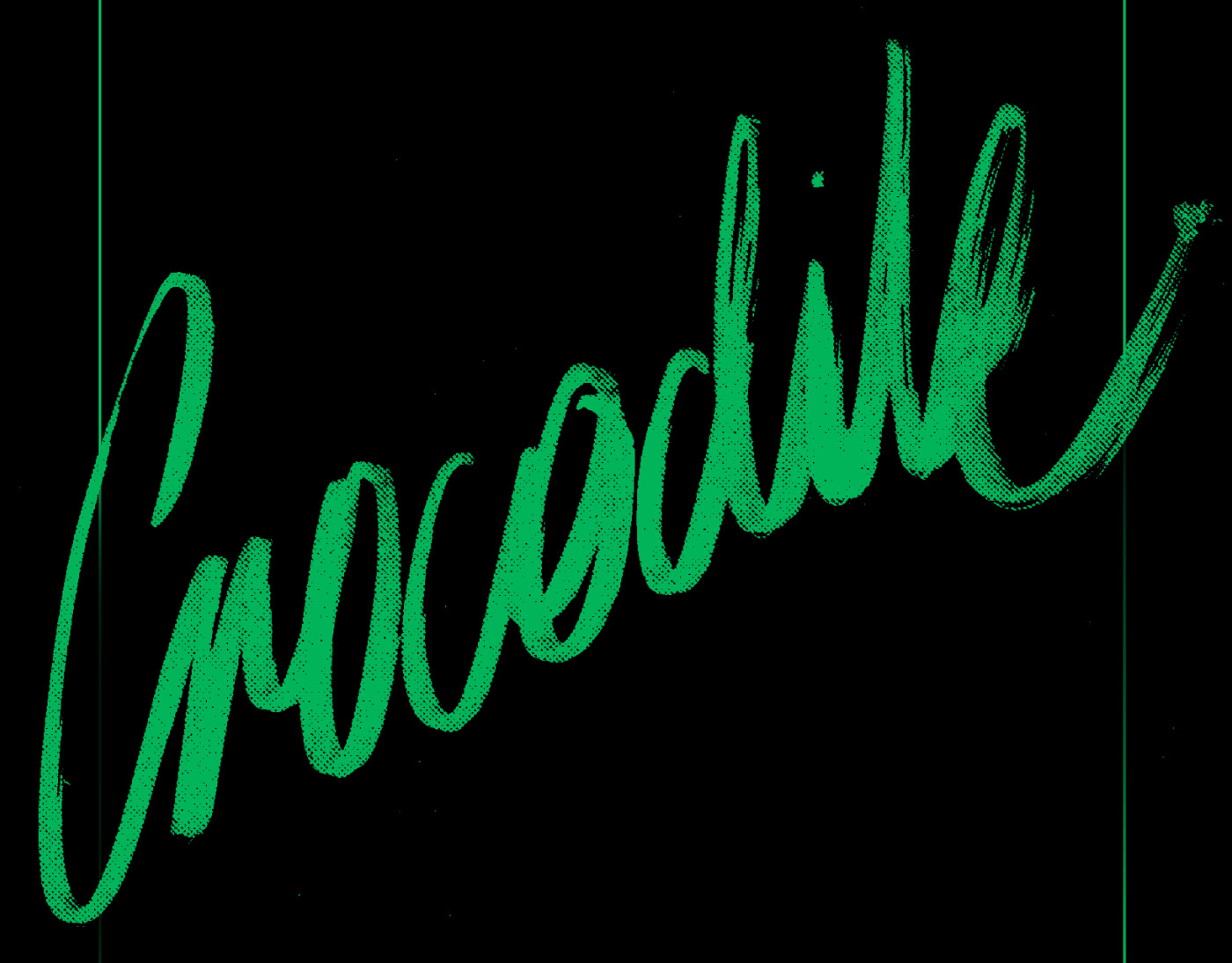Sleeveprint: “vanitas, (from Latin vanitas, “vanity”), in art, a genre of still-life painting that flourished in the Netherlands in the early 17th century. A vanitas painting contains collections of objects symbolic of the inevitability of death and the transience and vanity of earthly achievements and pleasures; it exhorts the viewer to consider mortality and to repent. The vanitas evolved from simple pictures of skulls and other symbols of death and transience frequently painted on the reverse sides of portraits during the late Renaissance.
Although a few vanitas pictures include figures, the vast majority are pure still lifes, containing certain standard elements: symbols of arts and sciences (books, maps, and musical instruments), wealth and power (purses, jewelry, gold objects), and earthly pleasures (goblets, pipes, and playing cards); symbols of death or transience (skulls, clocks, burning candles, soap bubbles, and flowers) - Encyclopaedia Britannica”










